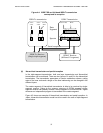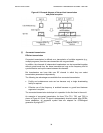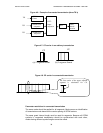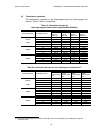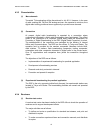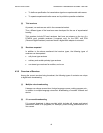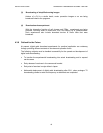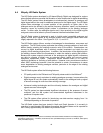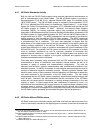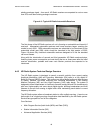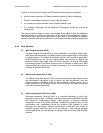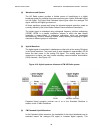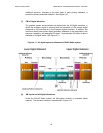
DIGITAL RADIO GUIDE TERRESTRIAL TRANSMISSION SYSTEMS - HD RADIO
45
4.4.1 HD Radio Standards Activity
Both the AM and FM HD Radio systems have received international endorsements as
well as endorsements in the United States. The AM HD Radio system is included in
Recommendation ITU-R BS.1514-1, adopted October 2002 where it is classified as the
“IBOC DSB System.” The FM HD Radio system is included in Recommendation ITU-R
BS.1114-4, adopted May 2003 where it is classified as “Digital System C.” In the United
States, the Federal Communications Commission (FCC) endorsed both the AM and FM
HD Radio systems on October 10, 2002.
7
Moreover, the National Radio Systems
Committee (NRSC), an industry standards setting body sponsored by the National
Association of Broadcasters and the Consumer Electronics Association, endorsed the FM
HD Radio system in a report dated November 29, 2001
8
and the AM HD Radio system in
a report dated April 6, 2002.
9
The NRSC endorsement was an outgrowth of an extensive
testing program of both the AM and FM HD Radio systems. The NRSC supervised
independent testing of the HD Radio system in both the laboratory and in the field under
a comprehensive set of conditions. The tests were designed to assess both the
performance of the digital system as well as the compatibility of the digital system with
existing analogue operations in the AM and FM bands. In the laboratory, the digital
system was subjected to a range of conditions associated with typical broadcasts in the
AM and FM band. For example, the FM system was tested in the presence of multiple
forms of multipath interference as well as numerous examples of co-channel and
adjacent channel interference. In the case of AM, the digital system was tested in the
presence of impulse noise in addition to the typical co-channel and adjacent channel
interference associated with the AM band.
Field tests were conducted using commercial AM and FM stations selected for their
characteristics in terms of interference from adjacent channel stations as well as to
represent a variety of antenna and implementation configurations. For both the
laboratory and field tests, objective measurements were recorded and considered in the
evaluation process. In addition, thousands of audio samples were produced and used to
conduct an extensive subjective evaluation process. General population listeners were
asked to rate a variety of sound samples from the laboratory and field tests to assess the
real world response to the introduction of the HD Radio system. The test results
demonstrated that the HD Radio system consistently outperformed existing analogue AM
and FM radio. Moreover, the tests established that the introduction of the HD Radio
system will not cause harmful interference to existing analogue broadcasts in the vast
majority of cases. In those cases where new interference is expected to occur, it is
expected that new interference will be most common in peripheral areas outside the core
coverage areas of a station. The NRSC concluded that this minimal risk of additional
interference is more than outweighed by the improved audio quality and performance that
the HD Radio system repeatedly demonstrated throughout the test programme.
10
4.4.2 HD Radio AM and FM Receivers
HD Radio receivers are inherently simpler and lower cost than new band receivers since
much of the circuitry required for the digital signals is common to that used to process the
7
Digital Audio Broadcasting Systems And Their Impact on the Terrestrial Radio Broadcast Service, MM Docket No. 99-
325, First Report and Order (October 10, 2002).
8
DAB Subcommittee Evaluation of the iBiquity Digital Corporation IBOC System Part 1 – FM IBOC dated November 29,
2001 (“NRSC FM Report”).
9
DAB Subcommittee Evaluation of the iBiquity Digital Corporation IBOC System Part 2 – AM IBOC dated April 6, 2002
(“NRSC AM Report”).
10
See NRSC FM Report at 9; NRSC AM Report at 8.



